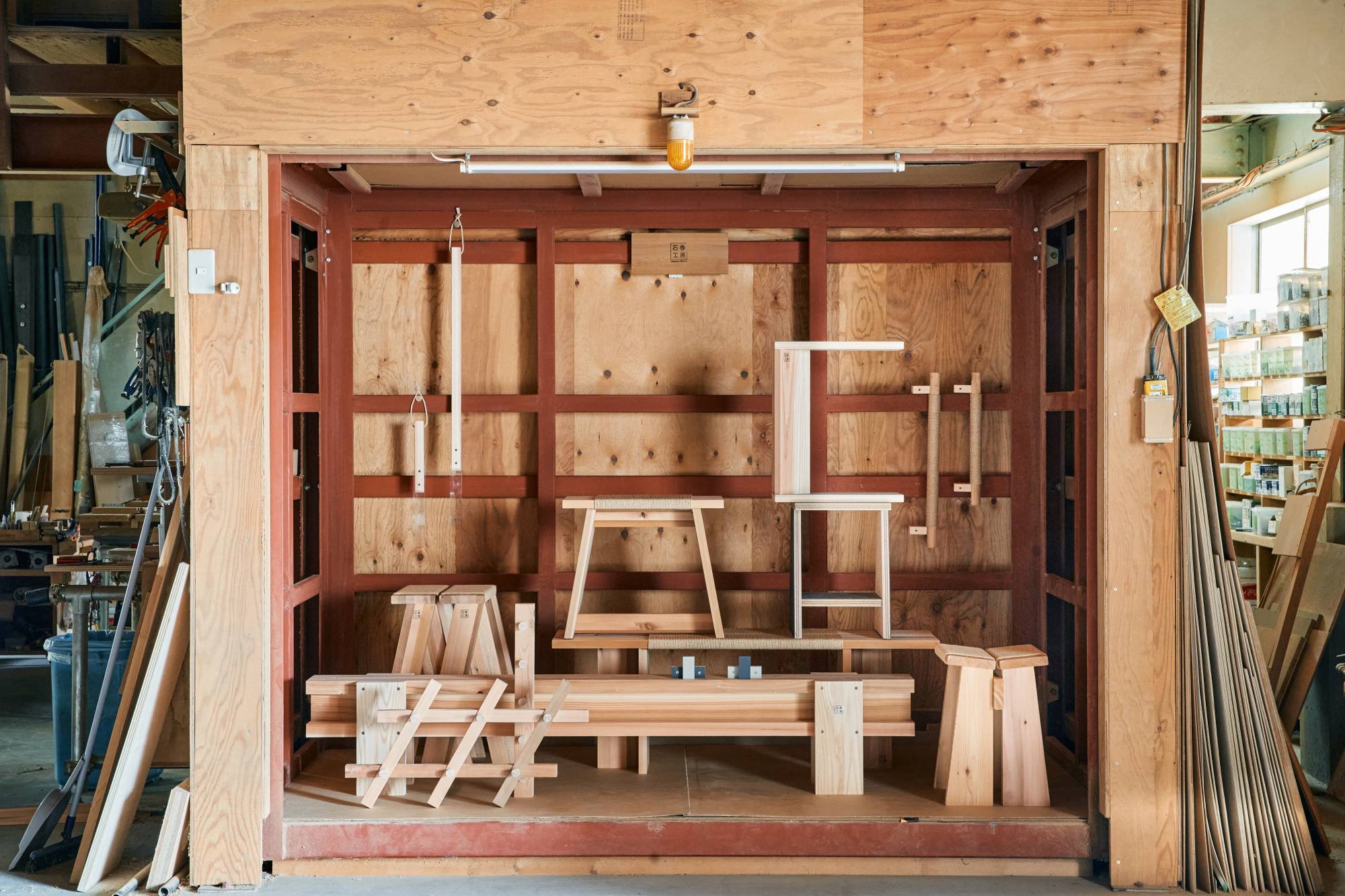This year, Designart Tokyo — the capital’s annual international art and design festival — adopts the broad theme of “Together” in a celebration of the sharing and fusion of ideas. Notably taking center stage is a strong focus on sustainable enterprises, interior goods and artworks that reflect the growing global concern over environmental problems.
On: Design selects a few highlights of the festival, which runs until Oct. 30 at over 60 event spaces spread across multiple areas in Tokyo’s Shibuya, Minato and Chuo wards.
















With your current subscription plan you can comment on stories. However, before writing your first comment, please create a display name in the Profile section of your subscriber account page.